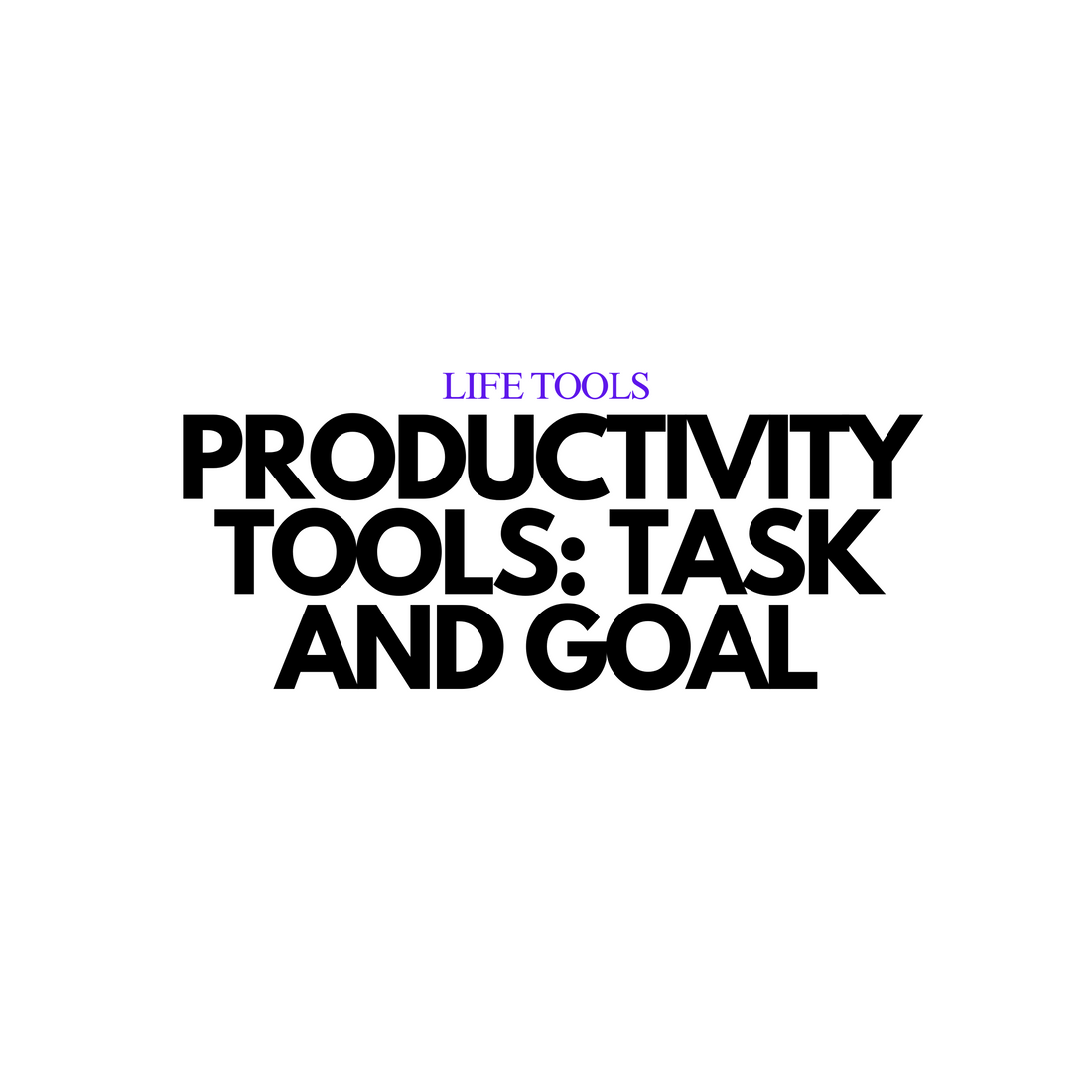
Productivity Tools: Task and Goal Management Methods
Share
Here are some task and goal management methods to improve productivity:
- Getting Things Done (GTD) – David Allen
- OKRs (Objectives and Key Results)
- SMART Goals Criteria
________________________________________________________________________________________________________________
1. Getting Things Done (GTD) – David Allen
There are 5 steps to getting things done:
The 5 Steps of GTD:
-
Capture
Collect everything that’s on your mind—tasks, ideas, commitments—into an external system (notebook, app, etc.). -
Clarify
Process what each item means. Is it actionable? If yes, what’s the next action? If not, trash it, archive it, or file it for later. -
Organize
Sort tasks and information into categories:-
Projects (multi-step outcomes)
-
Next Actions (specific tasks)
-
Waiting For (delegated items)
-
Someday/Maybe (non-urgent ideas)
-
-
Reflect
Review your system regularly (ideally weekly) to update priorities, clear old items, and stay aligned. -
Engage
Choose what to work on based on context, time, energy, and priority. Then, take action.
________________________________________________________________________________________________________________
2. OKRs (Objectives and Key Results)
- Developed to create focus and alignment across teams and organizations.
Components:
-
Objective:
A clear, inspiring goal that defines what you want to achieve.
(Qualitative and motivational) -
Key Results:
Specific, measurable outcomes that track how you’ll achieve the objective.
(Quantitative and time-bound)
- Set 3–5 objectives per cycle (usually quarterly).
- Define 3–5 key results for each objective.
- Track progress regularly (weekly or monthly check-ins).
- Review and reflect at the end of the cycle.
_______________________________________________________________________________________________________________
3. SMART Goals Criteria:
-
Specific
Define the goal clearly.
Example: “Increase monthly blog traffic” instead of “Get more readers.” -
Measurable
Include quantifiable criteria to track progress.
Example: “Increase traffic by 20%.” -
Achievable
Set goals that are realistic and attainable.
Example: Don’t aim for a 200% increase in one month if it’s unlikely. -
Relevant
Ensure the goal aligns with your broader objectives and values.
Example: Focusing on blog traffic makes sense if your goal is growing your audience. -
Time-bound
Set a clear deadline for completion.
Example: “By the end of Q3” or “Within 3 months.”
Example smart goals for personal development:
-
Specific: I want to improve my fitness.
-
Measurable: I will work out for 30 minutes, 4 times a week.
-
Achievable: I will start with home workouts using online videos.
-
Relevant: Improving fitness will boost my energy and health.
-
Time-bound: I will maintain this routine for 3 months.
Full SMART Goal:
“I will complete 30-minute home workouts 4 times a week for the next 3 months to improve my fitness and energy levels.”
_______________________________________________________________________________________________________________
